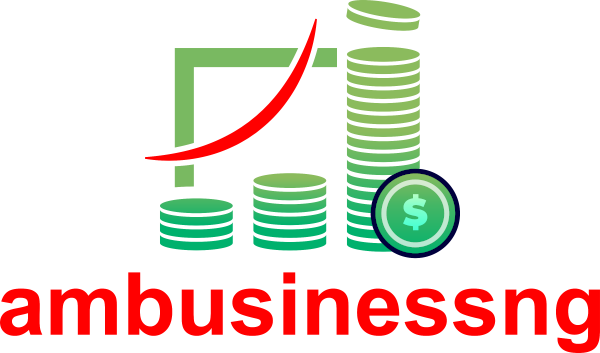Soybean prices have climbed above ₦950 in Nigeria’s commodities market, marking a 15% increase and the fourth time this year the commodity has reached such a high.
This rise follows projections by Africa Exchange, which had earlier forecast a 23% year-on-year increase in soybean prices for 2025.
The current price surge comes on the heels of last year’s significant market rally, where soybean prices skyrocketed by 133% year-on-year in 2024, surpassing ₦1 million per metric ton and peaking at around ₦1,180,000 in the third quarter.
AFEX attributes the recent price jump to multiple factors, including reduced domestic production during the 2023/2024 farming season and robust export demand, driven by favourable international prices. Nigeria’s position as a competitive supplier of non-GMO soybeans also contributed to the export momentum.
As of April 2, soybean prices had rebounded from a monthly low of ₦843, outperforming other staple grains like maize and paddy rice in early April trading.
In 2024, Nigeria’s soybean market experienced heightened volatility, with prices fluctuating by as much as 25%. The average domestic price stood at ₦865,000 per metric ton, while AFEX reported a 22% rise in price volatility across the year.
The exchange also facilitated the trade of 16,000 metric tons of soybean, representing 22% of its total traded volume in 2024, with an average trade price of ₦673,000 per metric ton.
The price surge had ripple effects on other sectors, most notably the poultry industry, where the cost of chicken and eggs rose sharply due to increased feed prices.
Looking ahead, AFEX maintains a bullish outlook for 2025, projecting a 23% year-over-year increase in soybean prices, citing ongoing exchange rate volatility and a slight decline in domestic production as key drivers.
“Exchange rate volatility and a reduction in local output are expected to put further upward pressure on prices,” AFEX noted.
However, this positive forecast for the Nigerian market contrasts with more bearish global projections. According to the World Bank, global soybean production is expected to rise by 9% in 2025, led by increased yields and expanded cultivation in Brazil, the U.S., and Argentina.
Brazil and the U.S. are projected to boost output by 10%, while Argentina is forecast to record a 6% increase, potentially easing some of the global supply pressures.
Despite global trends, the local market remains under strain from supply shortages and currency fluctuations, factors that continue to drive soybean prices upward in Nigeria.











